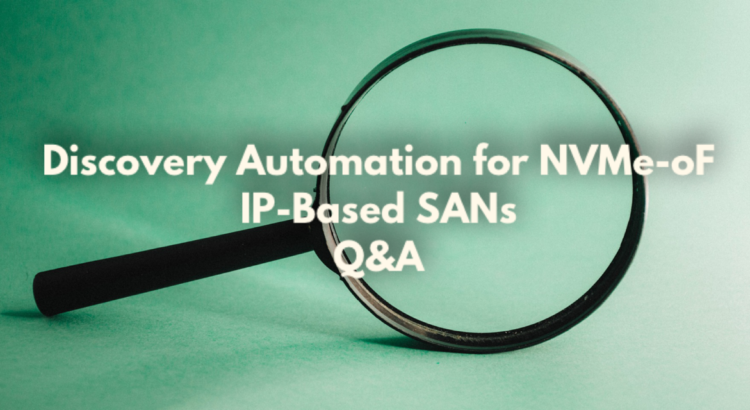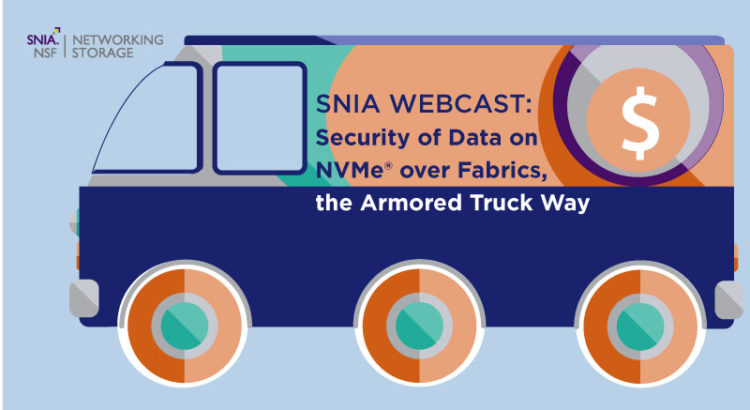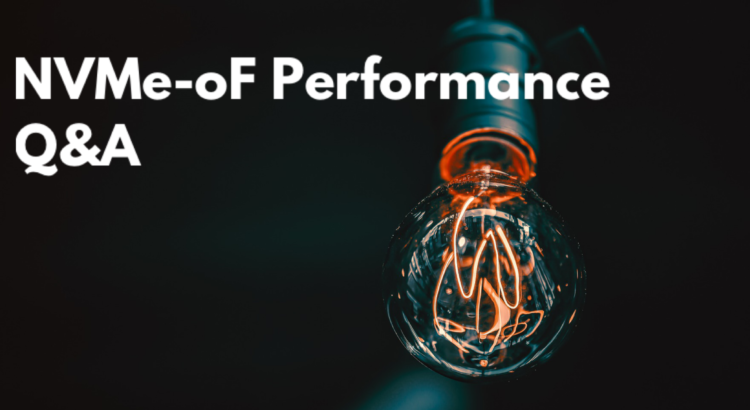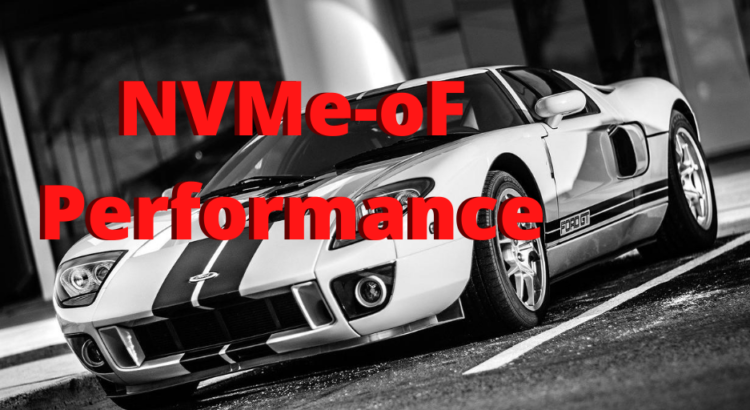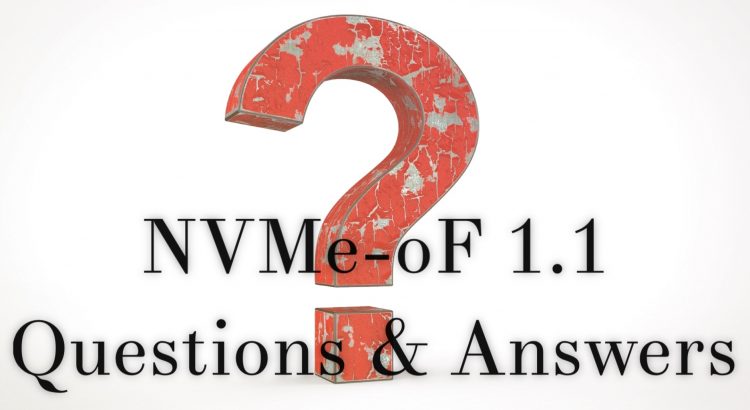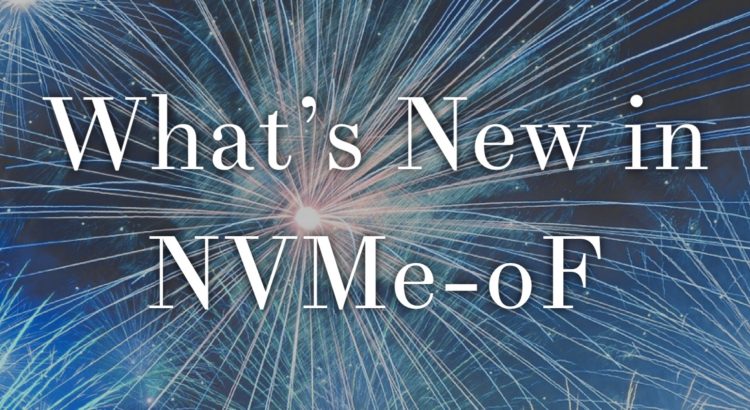In order to fully unlock the potential of the NVMe® IP based SANs, we first need to address the manual and error prone process that is currently used to establish connectivity between NVMe Hosts and NVM subsystems. Several leading companies in the industry have joined together through NVM Express to collaborate on innovations to simplify and automate this discovery process.
This was the topic of discussion at our recent SNIA Networking Storage Forum webcast “NVMe-oF: Discovery Automation for IP-based SANs” where our experts, Erik Smith and Curtis Ballard, took a deep dive on the work that is being done to address these issues. If you missed the live event, you can watch it on demand here and get a copy of the slides. Erik and Curtis did not have time to answer all the questions during the live presentation. As promised, here are answers to them all.
Q. Is the Centralized Discovery Controller (CDC) highly available, and is this visible to the hosts? Do they see a pair of CDCs on the network and retry requests to a secondary if a primary is not available?
Read More